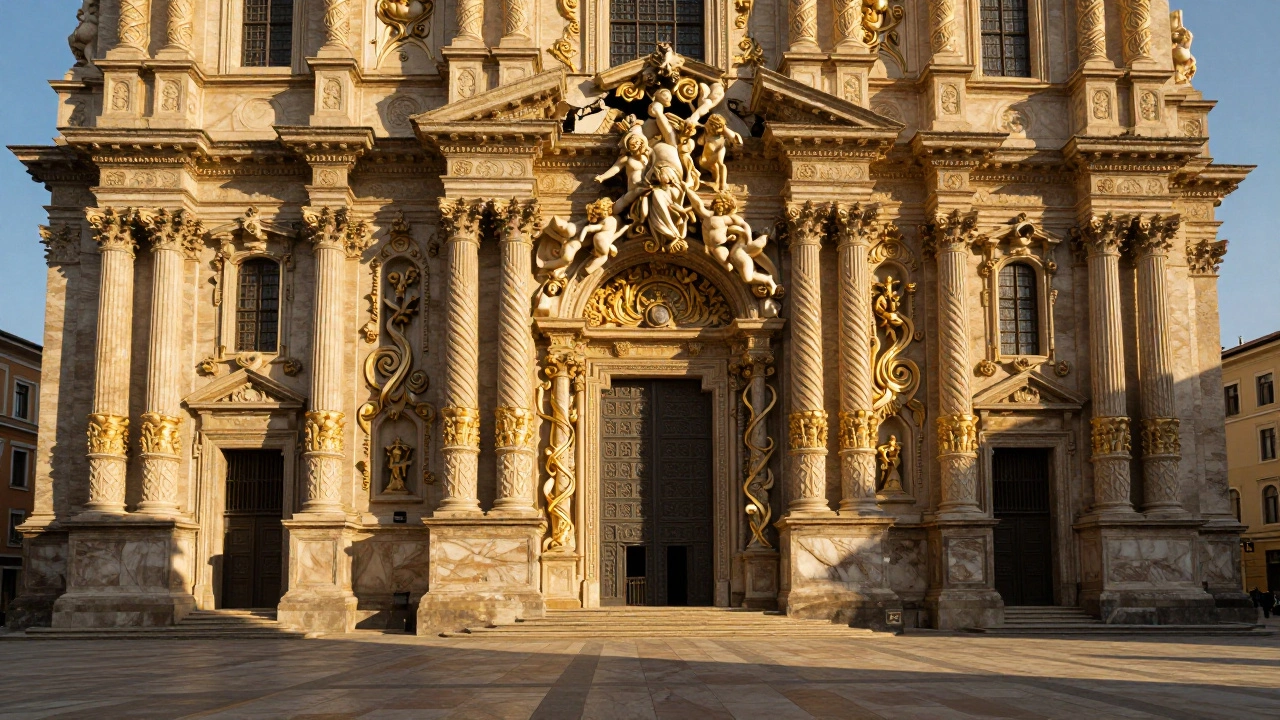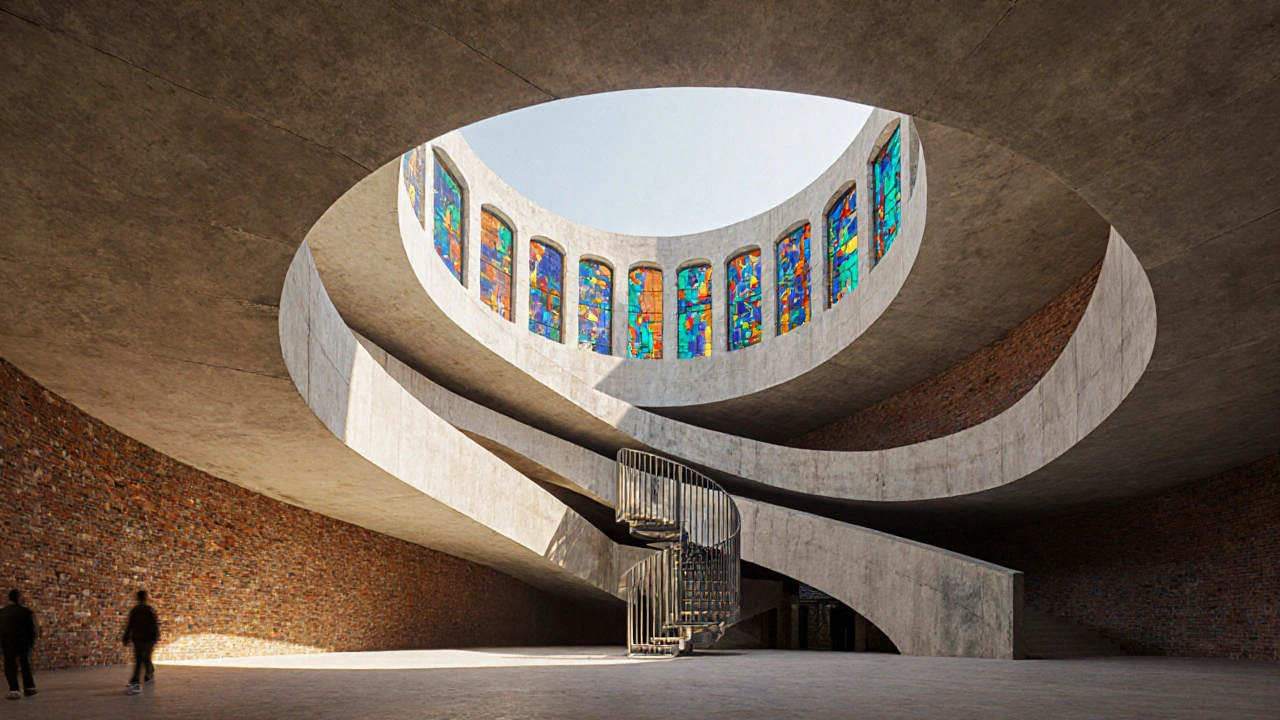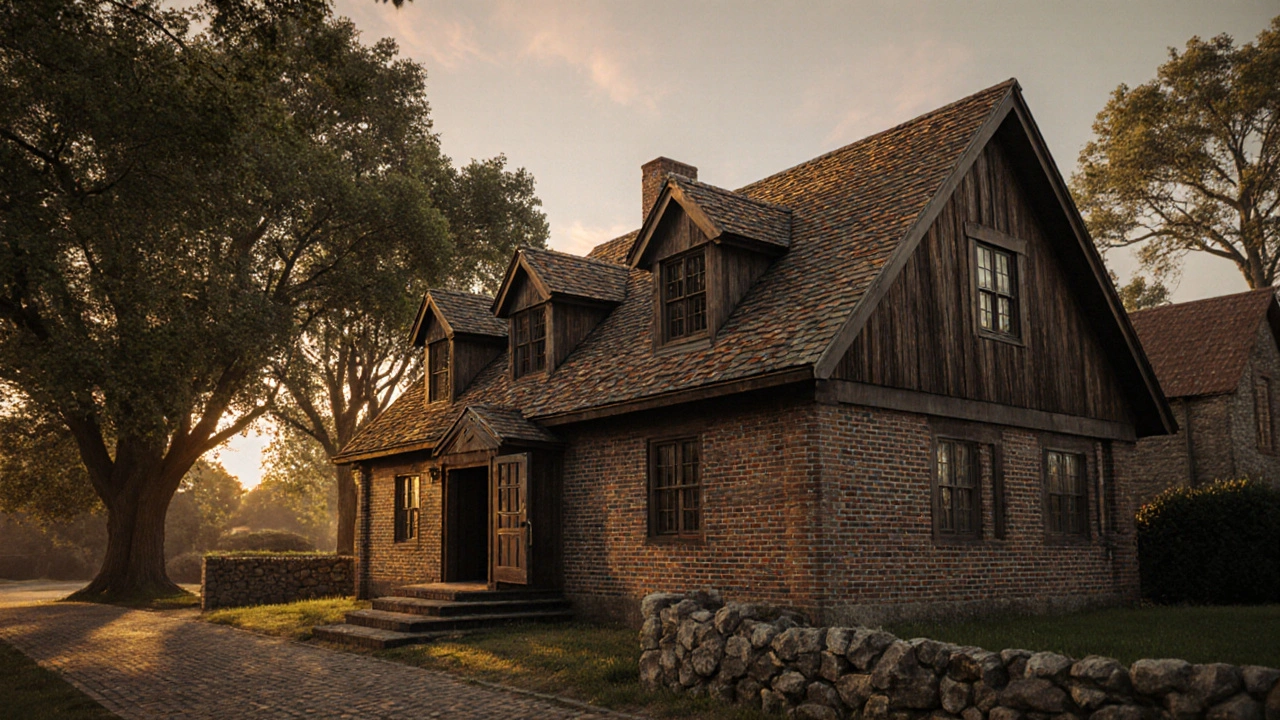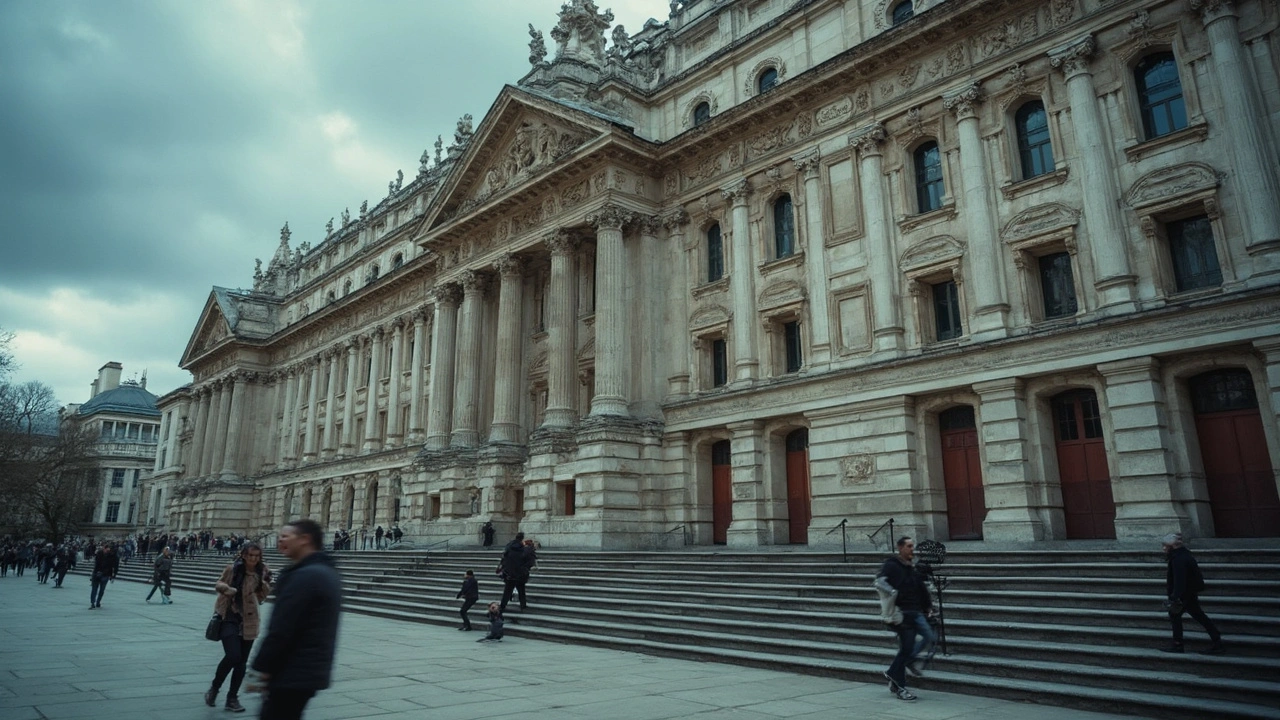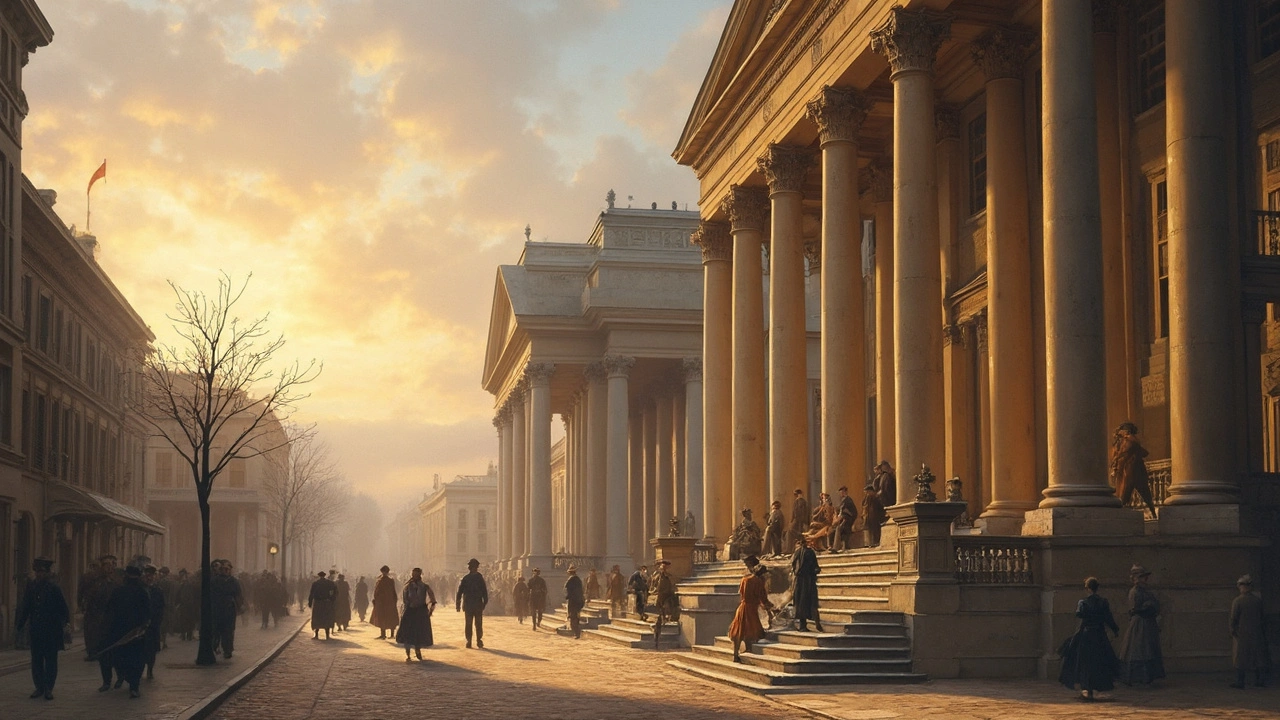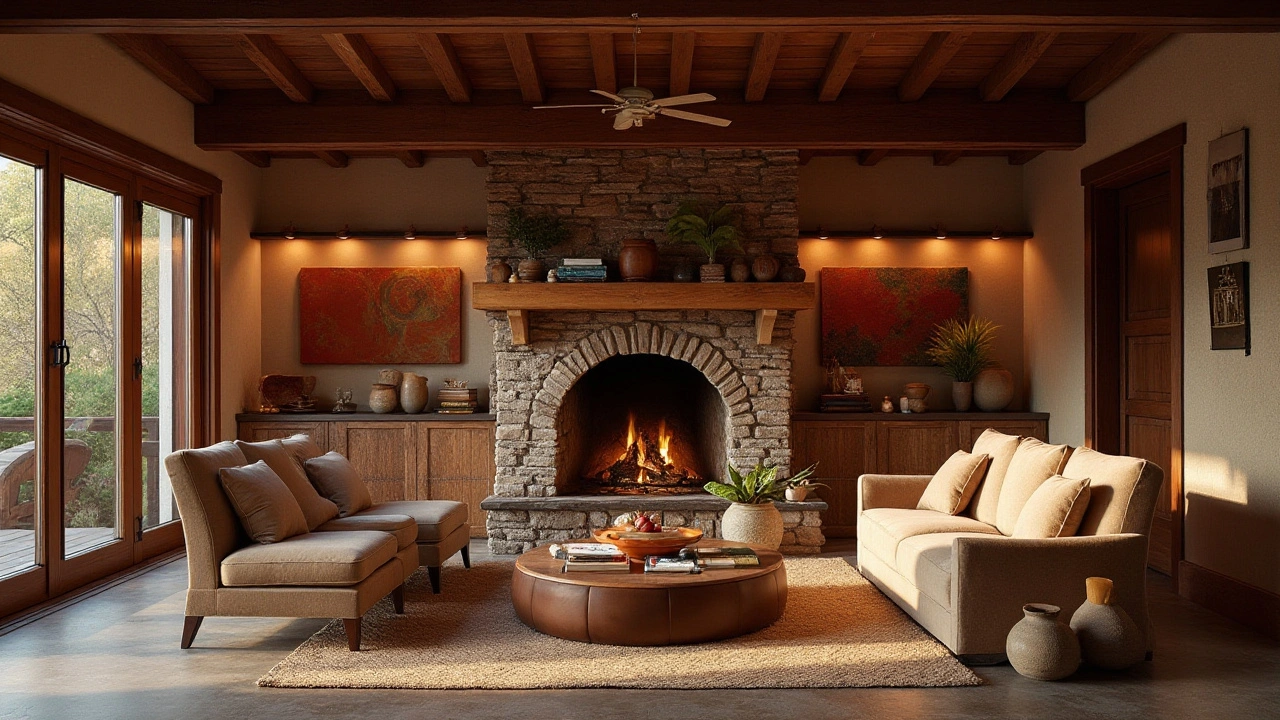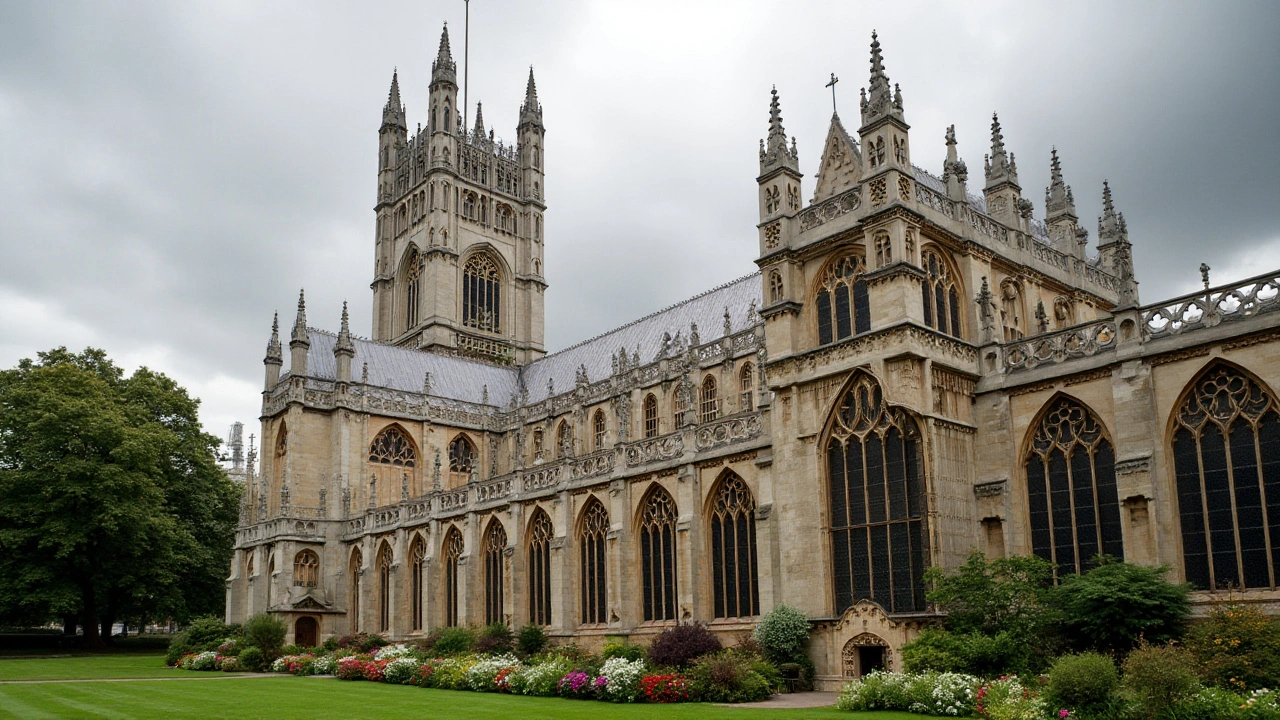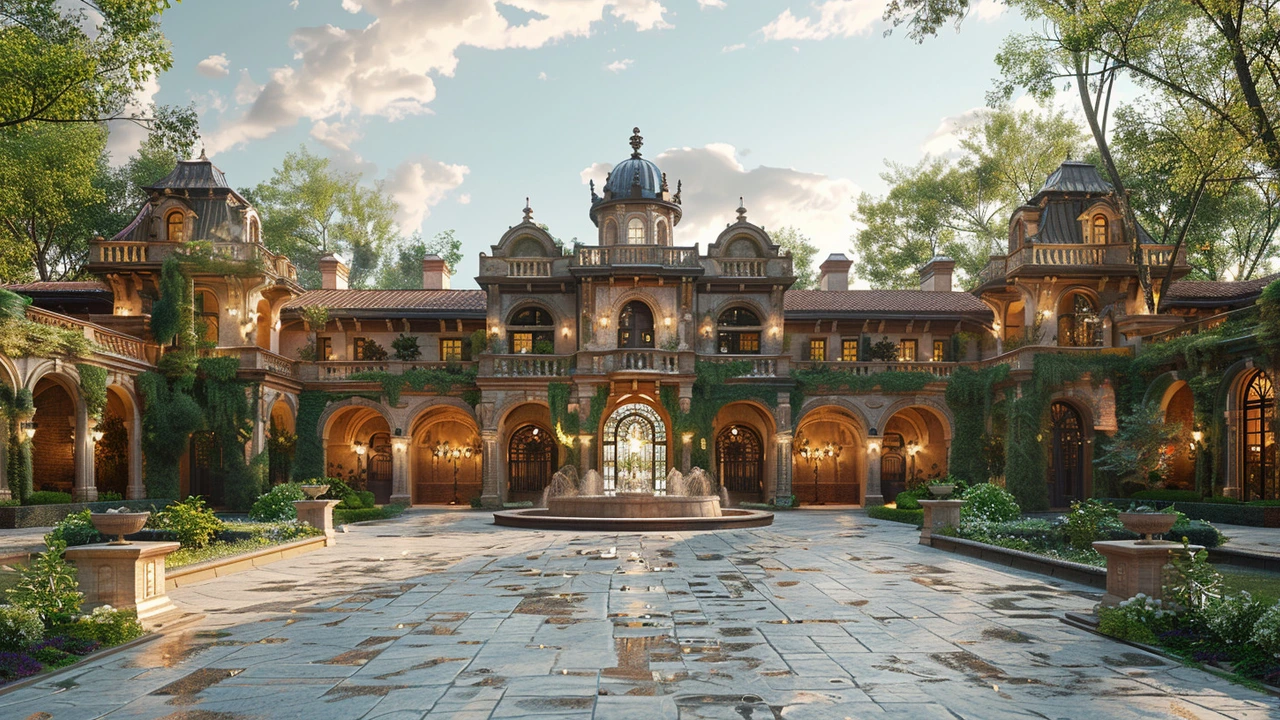Baroque architecture uses movement, drama, and ornament to create awe. Learn how to recognize its twisted columns, gilded ceilings, and emotional design language in churches, palaces, and beyond.
Architectural Style: How to Spot and Appreciate Key Designs
Architecture tells stories. You can read them once you know what to look for. This guide walks you through major architectural styles—from Ancient Roman arches to Neo‑Futurist glass towers—so you can spot features, understand history, and see how old ideas shape modern buildings.
Start simple: styles are a mix of form, materials, and decoration. Columns and symmetry point toward Greek Revival or Neoclassical. Heavy ornament, curves, and drama suggest Baroque or Beaux‑Arts. Clean lines, flat roofs, and functional layouts lean toward Bauhaus, International, or Mid‑Century Modern. Steel-and-glass exteriors hint at High‑Tech or Neo‑Futurism. Keep a mental checklist and you’ll notice patterns fast.
Quick ID tips for common styles
Look at the facade first. Classical styles like Greek Revival and Georgian favor symmetry and columns. Colonial buildings often mix local materials with European details—watch for sash windows and shutters. Renaissance and Beaux‑Arts use balanced proportions and decorative stonework; domes and grand staircases are clues. Baroque ramps up ornament: twisted columns, bold sculptures, and motion in stone.
Modern movements swap ornament for structure. Bauhaus and International Style use flat roofs, ribbon windows, and minimal detailing. Constructivist buildings from early 20th‑century Russia favor geometric shapes and bold, industrial materials. High‑Tech architecture exposes structural elements—think visible trusses and ductwork. Neo‑Futurism pushes fluid forms and new materials like advanced composites and expansive glass surfaces.
Why styles still matter
Styles affect how we use buildings. A Georgian house feels formal and ordered; a Ranch house feels open and relaxed. Knowing a style helps with renovation choices, preservation decisions, and even buying a home. If you renovate a Greek Revival porch, matching column proportions keeps the house authentic. If you adapt a Beaux‑Arts lobby for modern use, preserving the major sightlines and decorative panels keeps the character intact.
Travel smarter: when you visit a city, pick one street and compare buildings. Spot a Beaux‑Arts public library next to an International Style office and you’ll see history stacked together. That contrast explains urban growth, politics, and technology shifts. For designers, mixing elements—like a Mid‑Century modern chair in a Baroque room—can create interesting tension when done with restraint.
Practical tips: carry a small camera or phone to capture details, note materials (stone, brick, stucco, glass), and pay attention to rooflines and windows. Read a plaque or local guide for quick context. If you want to go deeper, search for the architect’s name—many styles are tied to specific pioneers like the Bauhaus masters or Roman engineers who perfected concrete and the arch.
Finally, style is a tool. Once you can name a style, you can ask smarter questions about conservation, retrofit, and design choices. That makes your trips richer, your renovations wiser, and your appreciation sharper.
Want real examples? Start by reading short pieces on Renaissance architecture, Beaux‑Arts landmarks, Colonial buildings, Greek Revival homes, and High‑Tech skyscrapers. Those articles show photos, key dates, and names of master architects—perfect for training your eye and building a quick mental library of styles today.
Explore how expressionist architecture uses bold forms, materials, and light to create emotional connections, with history, key architects, and practical design tips.
Explore the enduring charm of Dutch Colonial Revival architecture, its signature gambrel roof, historic roots, and how to preserve or adapt these timeless homes today.
Unlock the secret rules of Beaux-Arts architecture. See how it shapes our cities, why it's so dramatic, and what makes this grand style still matter today.
Federal Architecture is a key element of American design, reflecting the country's ideals and aspirations from the late 18th to early 19th centuries. Its simplicity, symmetry, and elegance make it distinct and have left a lasting legacy on the nation's cityscapes. This style incorporates elements from Roman and Greek influences, blending them into a uniquely American form. The architecture not only tells a story of the nation's budding identity but also showcases how design can embody cultural values. Understanding Federal Architecture allows for greater appreciation of America's architectural heritage.
Federal architecture, a style that has left a defining mark on the landscape of early America, combines elegance and simplicity. It flourished from the late 18th to mid-19th centuries and reflects the ideals of the young Republic. This article delves into the distinct features, influences, and prominent examples of this architectural style that echo the nation's rich history. Readers will discover tips for identifying Federal structures and learn about the iconic buildings that showcase this unique aesthetic.
The American Craftsman style, which emerged in the late 19th century, continues to influence modern home design with its emphasis on craftsmanship, simplicity, and natural materials. This architectural approach is cherished for its warm, inviting aesthetics that blend functionality with artistry. Many homeowners and designers value the style for its timeless appeal and versatility. Modern interpretations incorporate contemporary needs while retaining the essence of this beloved tradition.
Gothic Revival Architecture is a fascinating blend of medieval design elements and modern aesthetics. This article dives deep into its history, key characteristics, and examples, giving readers insights into what makes this style so distinctive. From soaring spires to intricate stonework, discover the elements that define Gothic Revival. Learn tips on identifying this style in buildings and understanding its cultural significance.
Mediterranean Revival architecture combines elements from various regions around the Mediterranean Sea, creating a timeless and visually captivating style. Its use of warm colors, arches, and lush landscaping makes it a favorite among designers. Practical aspects, such as its ability to stay cool in hot climates, add to its desirability. This article dives into why this architectural style continues to be popular and how it can be applied to modern designs.
Italianate Architecture is an influential architectural style that flourished during the mid-19th century, primarily in Europe and America. This article delves into the rich history of Italianate architecture, exploring its origins, key characteristics, and notable examples. It also discusses the impact of this style on modern architecture and provides insights into preserving these historical structures. The piece covers the evolution of Italianate architecture and its significance in the architectural heritage.

